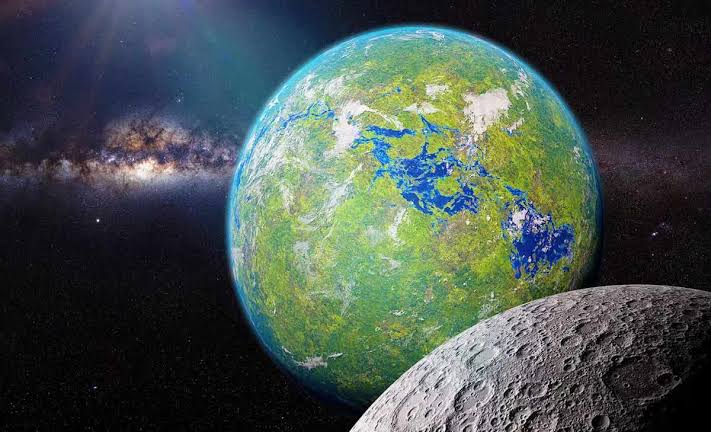 Image Source: The Brighter Side of News
Image Source: The Brighter Side of News
Astronomers are buzzing with excitement after finding several new “super-Earths” that might just be the closest thing we’ve seen to a second home for humanity. These discoveries have everyone—from scientists to sci-fi fans—wondering if we’re finally getting closer to finding another planet like ours.
Here’s what’s new:
The latest big find is a planet called HD 20794 d, just under 20 light-years away. It orbits its star at just the right distance for liquid water, which is a key ingredient for life as we know it.
What makes HD 20794 d especially interesting is that it’s close enough for telescopes to actually study its atmosphere. Scientists hope that with new technology, they’ll be able to spot signs of life—like certain gases that only living things produce.
Another planet, TOI-715 b, is about 1.5 times the size of Earth and sits in the “habitable zone” of its star, too. That means it’s not too hot and not too cold—just right for water to exist.
There’s also K2-18b, which has shown hints of molecules in its atmosphere that, on Earth, are only linked to living organisms. It’s not proof of life, but it’s enough to keep astronomers glued to their screens.
All these discoveries are thanks to powerful new telescopes, like the James Webb Space Telescope, which can analyze the air around these distant worlds.
So, have we found Earth’s replacement? Not yet. But with every new planet we discover, it feels like we’re getting a little closer to answering that age-old question: Are we alone?
Source: NASA Science, Phys.org, New York Times, Economist Intelligence Unit
Advertisement
STORIES YOU MAY LIKE
 Image Source: Pressfarm
Image Source: Pressfarm
 Image Source: Etemaad
Image Source: Etemaad
Advertisement


